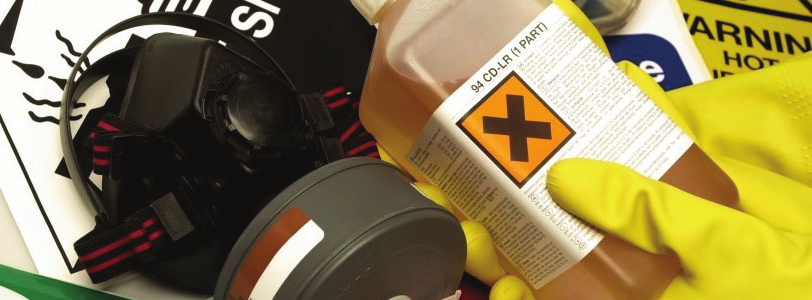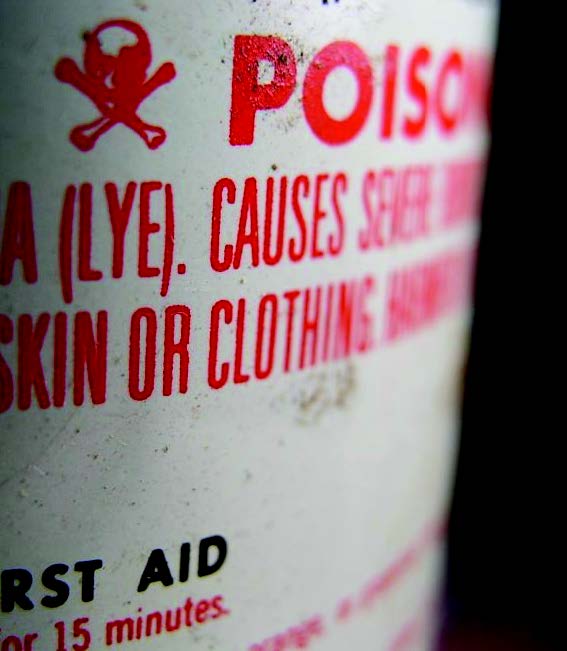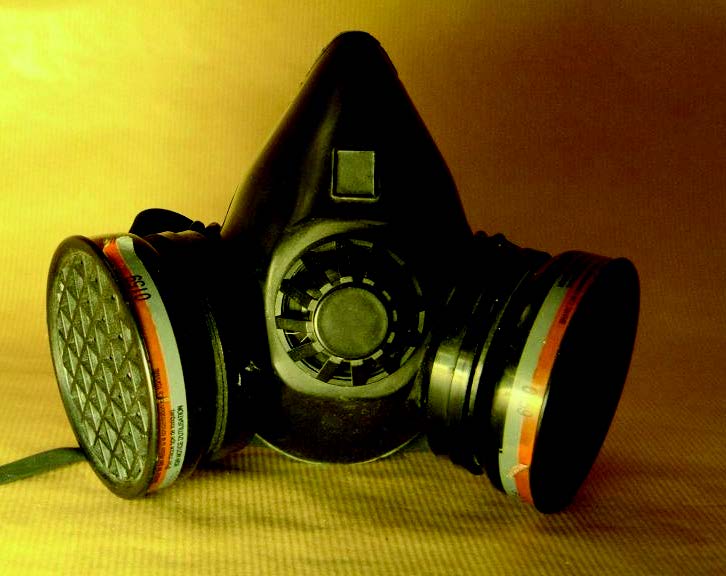
Hazard Communication
OSHA’s Adoption of the Globally System of Classification and Labeling of Chemicals (GHS)
By Jerome E. Spear, CIH, CSP, FAIHA
Laws and regulations throughout the world are different enough to require multiple labels and safety data sheets for the same product both within the U.S. and international trade. It is estimated that about 42 to 45 million workers are exposed to one or more chemical hazards in the workplace. Furthermore, an estimated 650,000 existing chemical materials exist and hundreds of new chemicals are introduced to the workplace annually. The worldwide use of chemicals has resulted in regulations specific to each country and sectors within that country (e.g., workplace, agriculture, transportation, production, consumer products). Thus, efforts began over 20 years ago to standardize labeling and safety data sheets throughout the world.
The United Nations, at its ‘Earth Summit’ in 1992, issued a mandate for a globally harmonized classification and compatible labeling system be available, if feasible, by the year 2000. The United Nations recognized that an internationally harmonized approach would provide foundations for all countries to develop national programs to ensure safe use of chemicals. The United Nations published what is now called the “Purple Book” that describes the Globally Harmonized System (GHS) of Classification and Labeling of Chemicals (Figure 1).
HAZCOM 2012

OSHA’s hazard communication standard (HCS), 29 CFR 1910.1200, was first promulgated in 1983, covering only the chemical manufacturing industry (48 FR 53280). The purpose of the standard was to provide a standardized approach for communicating workplace hazards associated with exposure to hazardous chemicals.
This standard was designed to ensure that employers provide information to employees about hazardous chemicals and provide protective measures to potential users of the product (e.g., personal protective equipment, storage information, emergency response, etc.) through a comprehensive hazard communication program. The standard was a performanceoriented standard, which did not specify the format for material safety data sheets (MSDS) and labels.
OSHA updated the HCS in 1987 to expand coverage to all industries where workers are exposed to hazardous chemicals (52 FR 31852). In 1994, OSHA promulgated an additional update to the HCS with technical changes and amendments designed in an effort for better comprehension and greater compliance with the standard (59 FR 6126). In adopting the original HCS in 1983, OSHA noted benefits of an internationally harmonized chemical hazard communication standard (48 FR 53287).
Since 2000, OSHA has been attempting to modify its existing hazard communication standards (29 CFR 1910.1200) by adopting certain annexes of the United Nations’ Globally Harmonized System of Classification and Labelling of Chemicals (GHS) (UN GHS, Rev. 3, 2009). In 2012, OSHA’s hazard communication standard was revised and is commonly known as HazCom 2012 (77 FR 17574). The revised standard adopted annexes of the GHS, which established new requirements for:
- Safety Data Sheets (SDS), formerly known as material safety data sheets (MSDS)
- Classifying chemicals
- Labeling
- Symbols for hazards
Some aspects of the existing HCS standard were not changed. Employee training, preparation of a chemical inventory, and development of a written program are still required. However, training programs required to be updated to include GHS hazard categories and label elements. Chemical inventories also needed to be updated as hazard classifications may have changed. Furthermore, employers had to update their written hazard communication programs in order to outline compliance with HazCom 2012.
SAFETY DATA SHEETS (SDS)
The HCS requires chemical manufacturers, distributors, or importers to provide Safety Data Sheets (SDSs), formerly known as Material Safety Data Sheets or MSDS, to communicate the hazards of hazardous chemical products. Employers must ensure that SDSs are readily accessible to employees. As of June 1, 2015, the HCS required new SDSs to be in a uniform format. The SDS must include the section numbers, headings, and associated information under the respective headings. This uniform format is summarized in Figure 2.


LABELING SYSTEM
The labeling system provides more specific information on the hazards of the chemicals as well as providing a pictogram of the hazard. The sample label in Figure 3 shows the type of information that is required by the current labeling system. The HCS now requires the following elements on labels of hazardous chemicals.
- Name, Address, and Telephone Number of the chemical manufacturer, importer, or other responsible party.
- Product Identifier is how the hazardous chemical is identified. This may include, but is not limited to, the chemical name, code number, or batch number. The same product identifier must be on both the label and in Section 1 of the SDS.
- Signal Words are used to indicate the relative level of severity of the hazard and alert the reader to a potential hazard on the label. There are only two words used as signal words, “Danger” and “Warning.” Within a specific hazard class, “Danger” is used for the more severe hazards and “Warning” is used for the less severe hazards. There should only be one signal word on the label regardless of how many hazards a chemical may have. If one of the hazards warrants a “Danger” signal word and another warrants the signal word “Warning,” then only “Danger” should appear on the label.
- Hazard Statements describe recommended measures that should be taken to minimize or prevent adverse effects resulting from exposure to the hazardous chemical or improper storage or handling. All of the applicable hazard statements must appear on the label.
- Precautionary Statements describe recommended measures that should be taken to minimize or prevent adverse effects resulting from exposure to the hazardous chemical or improper storage or handling. There are four types of precautionary statements: 1) prevention, 2) response, 3) storage, and 4) disposal.
- Pictogram(s) are graphic symbols used to communicate specific information about the hazards of a chemical. On hazardous chemicals being shipped or transported from a manufacturer, importer, or distributor, the required pictograms consist of a red square frame set at a point with a black hazard symbol on a white background, sufficiently wide to be clearly visible. The GHS uses a total of nine pictograms (Figure 4); however, OSHA will only enforce the use of eight. The environmental pictogram is not mandatory but may be used to provide additional information.

PERIODIC REVISIONS TO GHS
OSHA’s Hazard Communication Standard (HCS) will likely require periodic rulemaking to maintain consistency with the United Nations’ Globally Harmonized System of Classification and Labeling of Chemicals (GHS). On February 16, 2021, OSHA issued a notice of proposed rulemaking (NPRM) to modify the HCS. The GHS is revised every two years; thus, the GHS has been revised five times since OSHA’s HazCom 2012 has been promulgated. The deadline to submit comments to OSHA’s proposed rule to modify the HCS (including requests for hearing) was April 19, 2021. OSHA will schedule an informal public hearing on the proposed rule if requested during the comment period.


REFERENCES
OSHA. (1983). Hazard Communication, Final Rule. 48 Federal Register 53287.
OSHA. (1987). Hazard Communication, Final Rule. 52 Federal Register 31852.
OSHA. (1994). Hazard Communication, Final Rule. 59 Federal Register 6126.
OSHA. (2012, March 26). Hazard Communication, Final Rule. 77 Federal Register 17574.
OSHA. (2021, February 16). Notice of Proposed Rulemaking to Modify the Hazard Communication Standard. 86 Federal Register 9576.
United Nations. (2009). Globally Harmonized System of Classification and Labeling of Chemicals (GHS), Third Edition. New York and Geneva: United Nations.

Share This Article!

